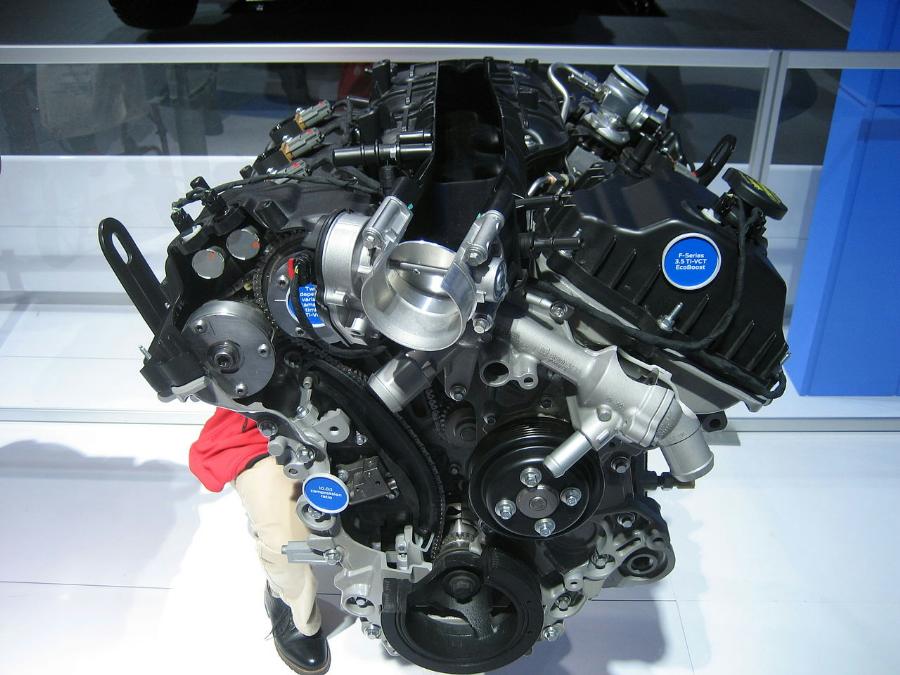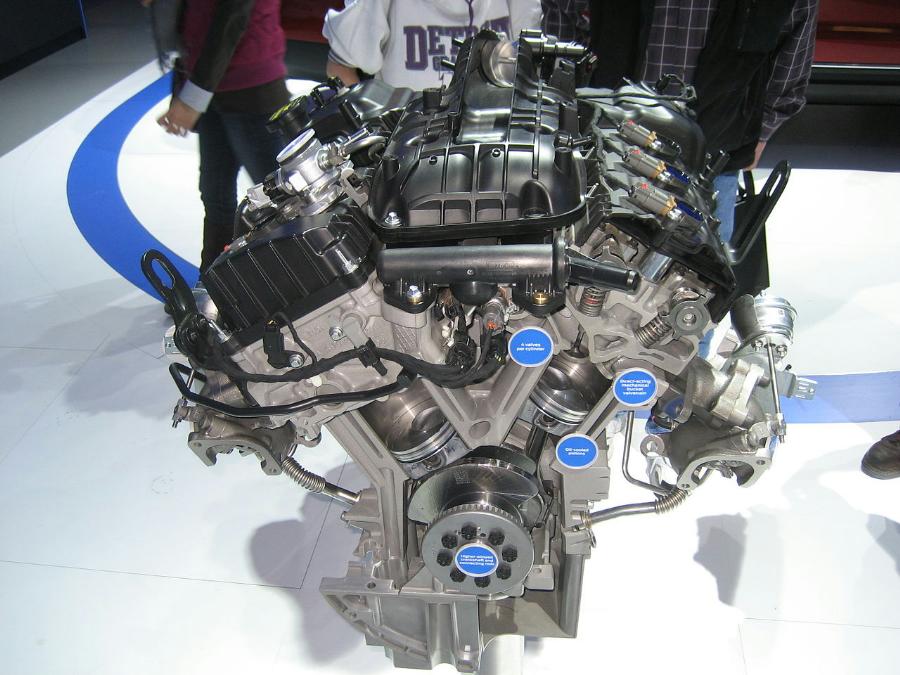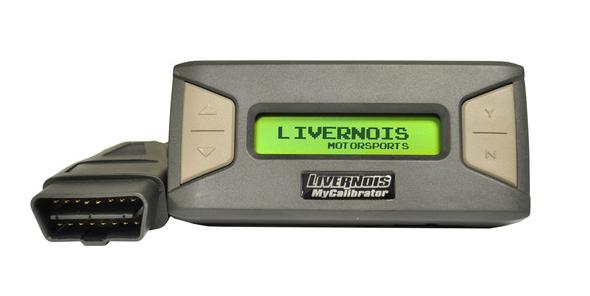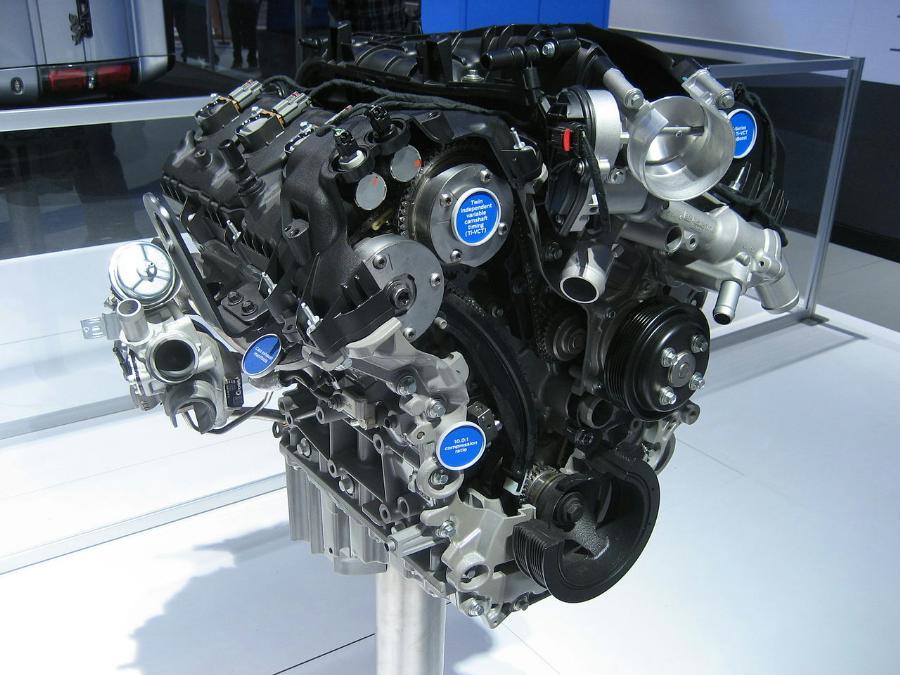
EcoBoost is a marketing name for turbocharged, direct-injection petrol engines produced by Ford and originally co-developed by German company FEV Engineering. EcoBoost-equipped engines are designed to deliver power and torque consistent with those of larger-displacement (cylinder volume), naturally aspirated engines, which Ford claims can achieve about 30% better fuel efficiency and 15% fewer greenhouse emissions. Ford sees the EcoBoost technology as less costly and more versatile than further-developing or expanding the use of hybrid and diesel engine technologies.
Official EcoBoost production began on May 19, 2009 at Cleveland Engine Plant No. 1. Ford began putting the 3.5L EcoBoost in the the F-150 in 2011, and the Expedition in 2015. These engines use (2) BorgWarner K03 turbochargers which can spin up to 170,000 rpm and provide up to 15 psi of boost.
Power Ratings:
- 365 hp @5000 rpm, 420 lb⋅ft @2500 rpm 2011–2016 Ford F-150
- 365 hp @5000 rpm, 420 lb⋅ft @2250 rpm 2015–2017 Ford Expedition/Expedition EL
3.5L EcoBoost F-150 Specs & Info
- 365 HP & 420 TQ (Raptor’s 3.5L – 450 HP & 510 TQ)
- 17 mpg city/ 23 mpg highway / 20 mpg combined
- 3,180 lbs Payload Rating / 12,200 lbs towing capacity
- Direct Fuel Injection
- Dual Over Head Camshafts
- Maintains 90% peak torque from 1,700 RPM to 5,000 RPM
Improving Performance:
The 3.5L EcoBoost offers a good bit of power and acceleration out of the factory, however, it can benefit from some simple mods that will improve overall performance.
Use High Octane – The EcoBoost has a factory “auto octane adjustment” feature present in the ECU. This feature allows the ECU to self-adjust according to the type of fuel being used (be it 87, 90 or 93 octane, etc.). You can get the best performance from your 3.5L EcoBoost by using the premium higher octane fuel.
Cold Air Intake – Upgrading your EcoBoost F-150 / Expedition’s cold air intake will allow it to take in more air, which will help the turbocharger work harder, produce more power, and also improve throttle response as well as fuel economy. Replacing your intake with a new cold air intake is generally good for an extra 10-20 horsepower, depending in its configuration.
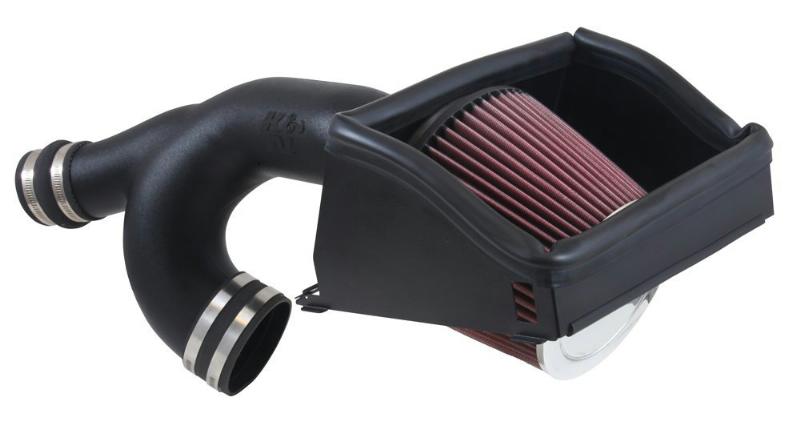
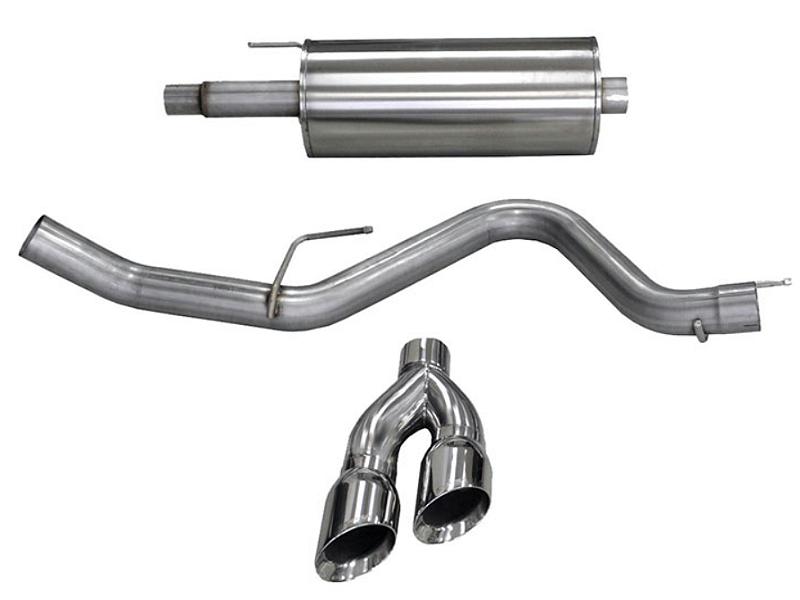
Tuner – You can also gain horsepower from a tuner such as this one from Livernois Motorsports.
Turbo Upgrade – A more extreme upgrade would be to upgrade the turbos. These kits usually start as the stock Ford turbo’s hat have been outfitted with the latest generation of billet compressor wheel that allows the turbos to flow air up to 7lbs/min more than your EcoBoost’s factory turbochargers.
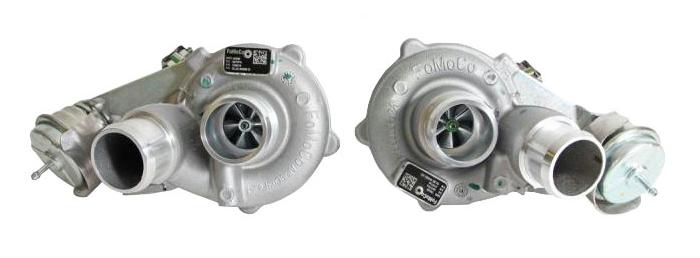
Intercooler Upgrade – The intercooler reduces the temperature of the air being force in to the engine by the turbo. The cooler the air, the more horsepower it will produce. Upgrading to an intercooler that can reduce the temperature of the forced air, will lead to more horsepower.

The EcoBeast:
If you make some mods to improve your 3.5L’s performance, you may want to have a little more fun and change out the factory ‘EcoBoost’ emblems for these EcoBeast emblems.
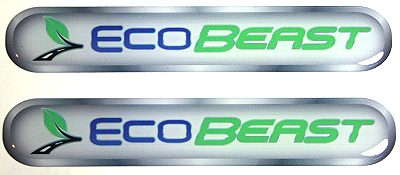
More Photos:
